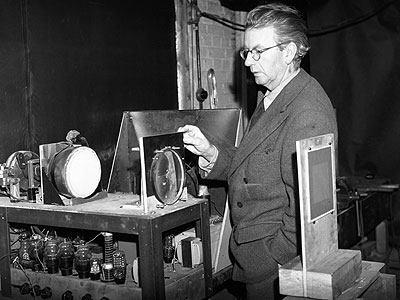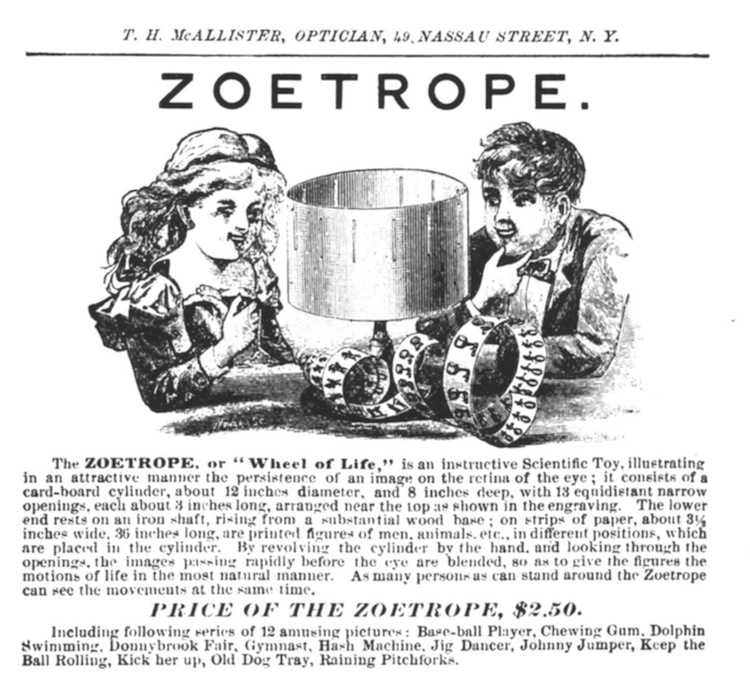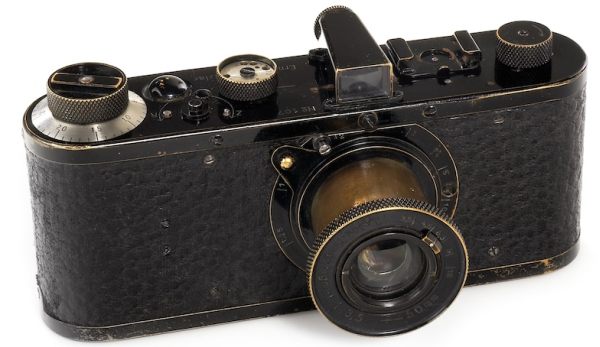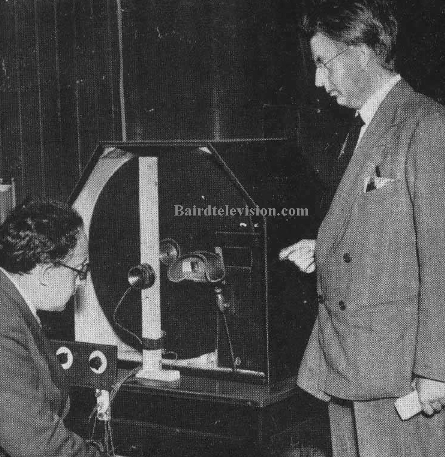(1) [from the New York Times, February 9th 1928]
HARTSDALE, N.Y. Feb.8 – A man and a woman sat before an electric eye in a London laboratory tonight and a group of persons in a darkened cellar in this village outside New York watched them turn their heads and move from side to side.
The images were crude, imperfect, broken, but they were images none the less. Man’s vision had panned the ocean; transatlantic television was a demonstrated reality, and one more great dream of science was on the way to realization.
The demonstration was made by the Baird Television Development Companyof London, using short-wave radio sets for transmission of the “vision sound” and the televisor invented by John L.Baird – who has also invented an instrument for seeing in the dark – for turning this sound back into vision after its ocean hop.
The transformed vision of the man and woman in the London laboratory came through the ether in the form of a bumblebee’s hum, a musical buzz or irregular cadence representing in sound the lights and shadows of their faces – all that was transmitted in the test.
When the televisor, a black box compact enough to be carried around in a taxi, had done its work with this rhythmic rumble from across the sea the visions gradually built themselves up of tiny oblongs of light suspended in a whirling rectangle of brilliance in the machine’s gaping mouth.
The vision of the woman appeared broken and scattered, but it was still plain that she was a woman and that she was showing first the full face and then the profile.
The demonstration was attended on this end by Captain O.G.Hutchinson, managing director of the Baird Company, who came to this country especially for the purpose; Benjamin Clapp, who has been working on secret tests of the televisor; R.M. Hart, owner of short wave radio station 2CVJ, who has done the receiving of the vision sound; and an Associated Press reporter.
The vision sound was sent across the ocean by short wave radio station 2KZ, of only two kilowatts power.
(2) [partial extract from leader in New York Times, February 11th 1928]
…His success deserves to rank with Marconi’s sending of the letter “s” across the Atlantic – the first intelligible signal ever transmitted from shore to shore in the development of transoceanic radio telegraphy. As a communication Marconi’s “s” was negligible; as a milestone in the onwards sweep of radio, of epochal importance. And so it is with Baird’s first successful effort in transatlantic television. .… Whatever may be the future of television, to Baird belongs the success of having been a leader in its early development.




















